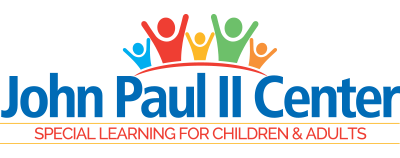The Sound of Smiles
Music Therapy is a process-oriented intervention that enables the brain and body to obtain organized information in ways that ultimately affect and redirect intellect and behaviors.
Using the six basic elements of music – rhythm, melody, harmony, timbre, dynamics, and form – students and therapist engage in the physical act of playing a variety of instruments and using voice and movement to help each child’s system learn to handle new ways of responding to sensory input.
Music is a stimulating activity that is processed by both hemispheres of the brain and provides a safe environment for obtaining new ways of interacting with another person. Most importantly, music provides a key element to learning – motivation! Often times, this motivation translates into dance, smiles, and cheer!
Goal areas
• Social – turn-taking, impulse control, sharing
• Language/Communication – following directions, receptive and expressive language skills
• Academic – attention and ability to stay on task, reinforcement of classroom themes, and practice of basic math and reading skills
• Auditory integration and discrimination (crucial to language development) – imitation or repetition of sounds, beats, pitch, matching sounds to instruments and instruments to sound
• Fine Motor – muscle strength and control, eye-hand coordination, motor planning
• Sensory – music acts to reduce stress in the paleoencephalon so that instinctive and cognitive learning can take place in new ways.
• Rhythmic Internalization – structured, physically and mentally coordinated musical interaction.
Music Therapy strategies
• Movement songs/chants – encouraging imitation and pairing rhythmic language with movement.
• Instrument Playing – using a wide variety of rhythmic and tuned instruments to accompany and create music, and as a form of nonverbal expression.
• Instrument Listening – identifying, matching, and imitating sounds.
• Language Activities – involving choice making, fill in the blank songs, “drum speak,” and singing.
• Orchestrated Student Interaction – passing instruments, sharing instruments (two students playing the same instrument between them), choosing classmates for “turns,” dancing.
• Sensory Experiences – providing auditory, visual, tactile, kinesthetic experiences to encourage attention, tracking, and awareness of self and others.
• Creating and Modifying classroom sessions to meet the varying needs of each classroom group.
Music Therapy is conducted in 1/2 hour group sessions, twice a week per student. Our music therapist also helps coordinate the Christmas and spring programs.

